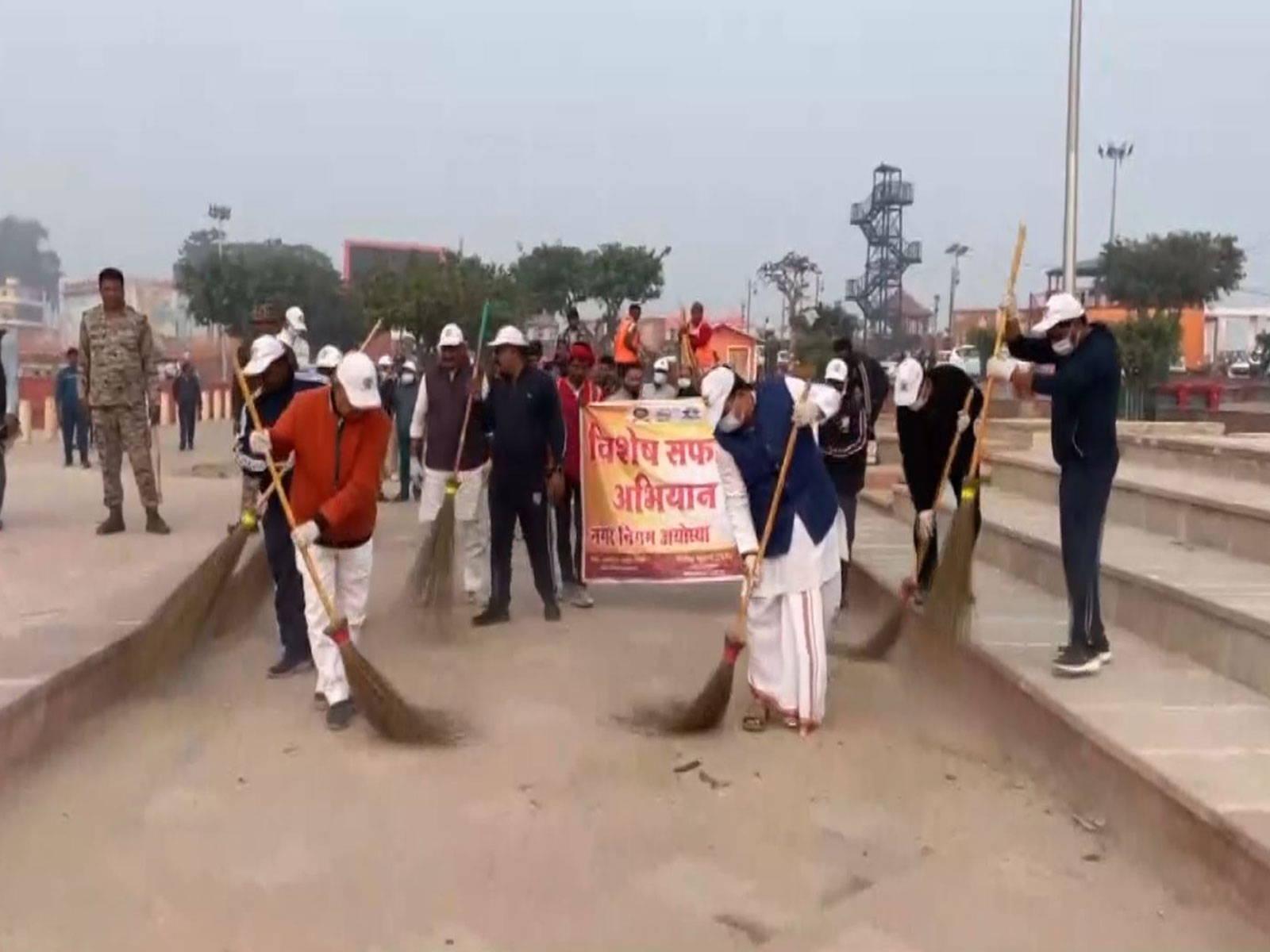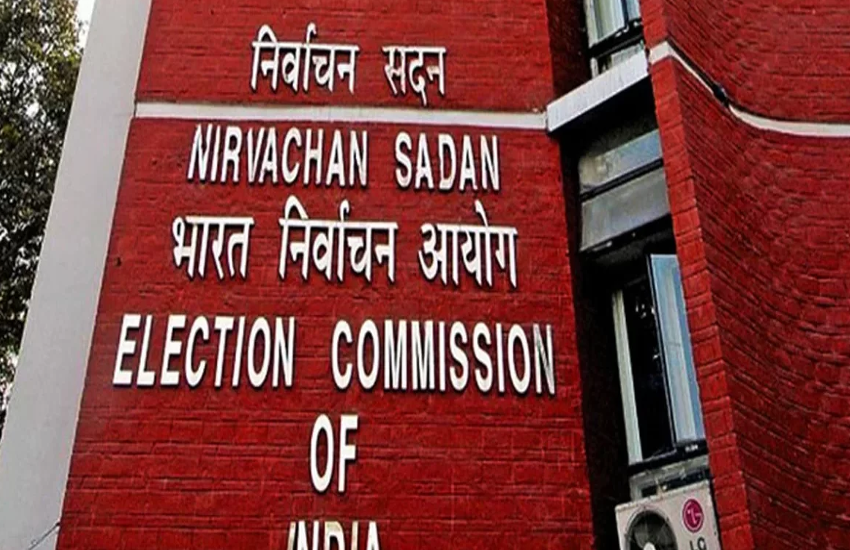
Until a few months ago, the West Bengal elections appeared a foregone conclusion in favour of Mamata Banerjee. Now the polls seem to have got a new lease of life with the tactical electoral alliance between the Left Front and Congress.
The prospect of one-to-one contests in most seats has got party leaders, activists, even political pundits excited about the polls. Considered unlikely even a year back, the obstacle to the alliance was removed when CPI(M)'s Central Committee resolved in favour of an alliance with all "democratic forces" in state elections.
Historical baggage
This is not to imply that the so-called democratic alliance will be an easy and natural process. There is a lot of historical and ideological baggage that needs to be put aside. The CPI(M), which was formed on the question of the Left's attitude towards the national bourgeoisie (Congress in the 1960s), evolved through anti-Congress movements.
Read: Mamata walks 5.5 km non-stop in Medinipur. Will Congress-Left ever catch up?
The central contradictions of Indian politics may have changed for the party with the ascendency of the right-wing BJP, but anti-Congress sentiments remain strong especially among people who experienced repression under the Congress regime.
Conversely, the Congress in West Bengal for long considered the Left its principal opponent. Many of its leaders faced bitterness and suppression during the 34 years of Left rule.
Despite the contradictions and weight of history, this alliance in West Bengal has materialised and appears to pose a strong, united opposition to the Trinamool Congress (TMC).
TMC's excesses
There is some element of truth in the assertion of Opposition leaders that this is a 'jonogoner jot' (an alliance of the people). The space for the Opposition in West Bengal has decreased alarmingly under the TMC's rule. Civil society organisations and Opposition parties of all hues have been complaining of excesses by the ruling party and the complete subservience of the state machinery to the dictates of local TMC satraps.
Left and Congress have had to overcome historical bitterness to form the alliance in West Bengal
Incidents of 'conversion' of opposition held municipalities, panchayats or MLAs through means that hardly qualify as fair - money, arrests of dissenters, political vendetta through police and so on - have become rampant.
When the space for opposition parties and especially their existence is under threat, such an alliance is more automatic than dramatic. As a prominent political commentator remarked in a televised show, the single most important factor that has facilitated this alliance is the high handedness of the TMC and disregard for democratic principles, rule of law and opposition space.
Demographic and economic reasons
A more strategic reason that allowed this alliance is the changing demographics of West Bengal. Since its birth in 1998, the TMC under the firebrand Mamata Banerjee, emerged as the principal political opposition to Left Front. It depleted the Congress across the state, barring a few pockets.
For nearly 20 years, the principle political antagonism in West Bengal has been between the TMC and the Left. During this period, the composition of the electorate has changed and for majority of Left voters, excesses of Congress rule remain a distant past. According to the 2011 census 60.1% of West Bengal's population was between 15 and 59 years. Only 7.5% were above 60 years - people likely to have experienced the 1972-1977 period for repression by the Congress.
Also read: All you need to know about the West Bengal elections
For Congress voters, the memories of Left rule remain pretty vivid. However, its leaders have highlighted how the TMC poses a greater danger to its existence and "to democracy as a whole". Everyone in the Congress remembers the way TMC tried to break it in Murshidabad, Malda or Katwa in recent times.
A third factor that has aided the creation of the alliance is the local political economy of under-development. The TMC, in all fairness, has catered to its constituency among West Bengal's poor through transfer of subsidies, doles to clubs, cycles and shoes for students.
The largesse of the state has been to offset the failures in employment generation or real economic growth. The government claims a 12% increase in per-capita income and a 10% increase in the state's economic growth. However, this raises the question why there has been large scale migration from the state. Also, the formal sector hasn't expanded in any significant way nor has the state succeeded in attracting investment.
Under TMC rule, licenses are given based on party loyalties. Left & Congress cadres remain excluded
In such a vacuum, 'syndicates', real estate deals, bheris (fish farms), hawking and control over trade has emerged as lucrative sources of funds and employment. In such informal activities, party affiliation is the 'operational license' and people belonging to opposition parties are often excluded from these opportunities. The battle against TMC has to a certain extent become a battle over informal subsistence.
JNU factor
Another timely and accidental development that has facilitated the Congress-Left alliance is the controversy in Jawaharlal Nehru University. The JNU row polarised the parties and civil society on questions of use of state machinery to deal with students, constitutionalism, intervention in institutes of higher education and the ideas about nationalism. In this ideological battle the Left, Congress and regional parties like the Janata Dal (United) have coalesced against the incumbent BJP regime. One must remember that it was a similar ideological polarity against BJP-RSS in 2004 that culminated in the Left-supported UPA-1 government in 2004.
A BJP-TMC nexus?
There is speculation that the Congress-Left alliance has created grounds for a possible political nexus between BJP and TMC. Rumours of a possible nexus gained momentum as the investigation into the multi-million dollar Saradha scam seemed to slow down and the TMC became relatively passive towards the BJP.
Given the BJP's poor numbers in the Rajya Sabha, having some sort of understanding with the TMC would be beneficial.
Despite its poor governance record and the alleged nexus with BJP, the TMC may still triumph over the Left-Congress alliance.
Need to defend democratic space following the JNU row helped Congress & Left coalesce nationally
In all fairness TMC has done considerable work especially for its voter base of rural poor and minorities. The issue of democratic space existed even earlier and can still be relegated to margins by patronage and issue based politics. For that the Left-Congress alliance must foreground the issues of democracy and rule of law and in this context can learn some valuable lessons from Kanhaiya Kumar and his comrades.
Edited by Aditya Menon
More in Catch:
The Observer's piece on Pachauri is just one side of the story
Kohli steps out of Tendulkar's shadow by making pressure his best friend
Why is KCR keeping his distance from Hyderabad Central University?
Mamata will win, but with a thinner margin: Partha Pratim Biswas


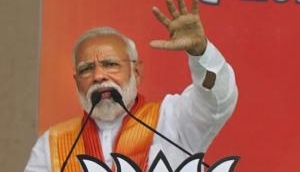
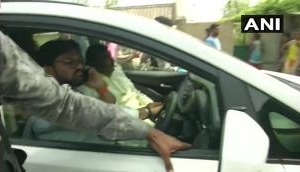
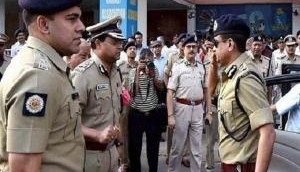
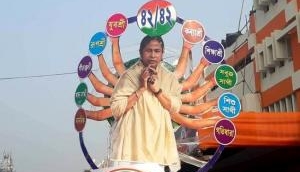
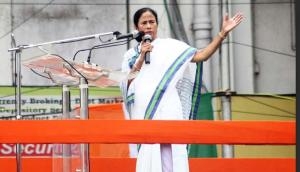
![BJP's Kapil Mishra recreates Shankar Mahadevan’s ‘Breathless’ song to highlight Delhi pollution [WATCH] BJP's Kapil Mishra recreates Shankar Mahadevan’s ‘Breathless’ song to highlight Delhi pollution [WATCH]](https://images.catchnews.com/upload/2022/11/03/kapil-mishra_240884_300x172.png)

![Anupam Kher shares pictures of his toned body on 67th birthday [MUST SEE] Anupam Kher shares pictures of his toned body on 67th birthday [MUST SEE]](https://images.catchnews.com/upload/2022/03/07/Anupam_kher_231145_300x172.jpg)


